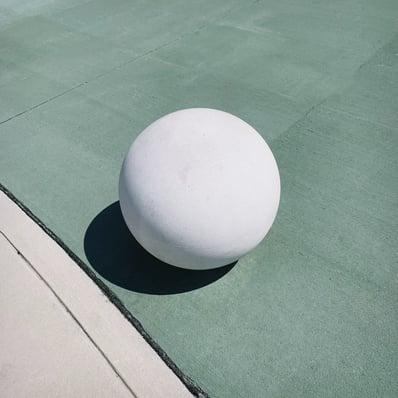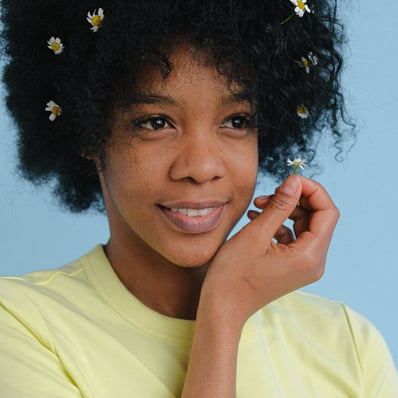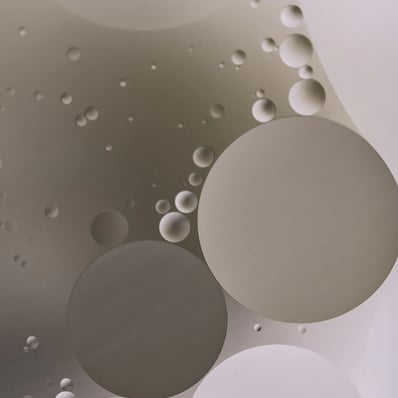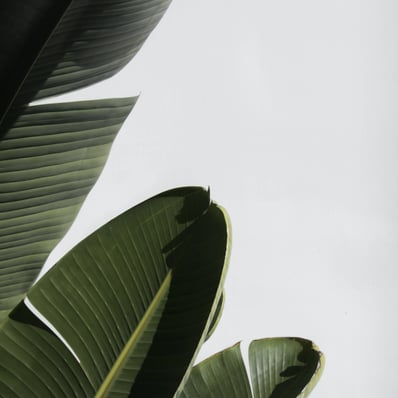Key Materials for Healthy Plants
Ready. Set. Bloom!
Grow Lights
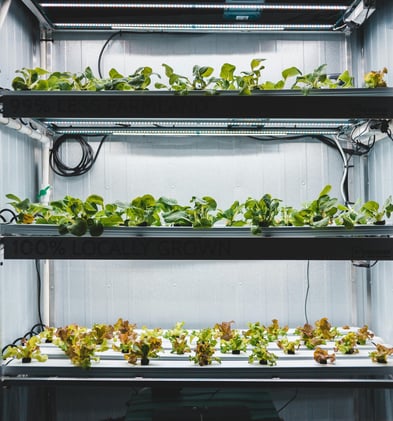



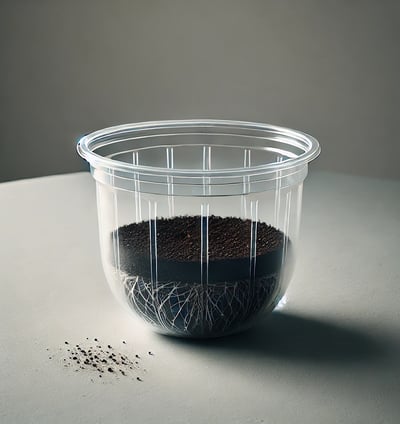

Tropical Plant Soil
We recommend Soil Sunrise for optimal plant health and root growth.
Nursery Pots
We recommend clear nursery pots to monitor the health of your plant's roots.
Tropical plants thrive in environments that replicate their natural habitats. To ensure these plants flourish indoors, you need to provide adequate light, humidity, warmth, and proper soil conditions. Understanding these requirements can significantly enhance your success in caring for tropical greenery in your home.
Light is a critical factor for most tropical plants. They typically prefer bright, indirect sunlight, which mimics the dappled light found in tropical forests. Additionally, maintaining the right humidity levels is essential, as these plants often come from humid climates.
Temperature also plays a vital role. Most tropical plants thrive in warm conditions, usually between 65°F to 85°F. To create an ideal indoor environment, be mindful of drafty areas and temperature fluctuations that can stress your plants. Meeting these basic needs will help your tropical plants thrive and bring a touch of the tropics indoors.
Essential Care Factors for Tropical Indoor Plants
Tropical indoor plants thrive in environments that closely replicate their natural habitat. Focusing on light, temperature, humidity, and watering techniques is crucial for their health and longevity.
Light Requirements
Tropical plants generally prefer bright, indirect light. Direct sunlight can scorch their leaves, while too little light can stunt growth.
Aim for approximately 10-12 hours of light daily. You can achieve this by placing your plants near east or west-facing windows, where they can receive ample light without intense afternoon sun.
For darker spaces, consider using grow lights. These can provide the necessary spectrum for growth. Adjust the distance based on the plant's light needs to avoid damage.
The two indoor hanging grow lights that we recommend are Soltech Aspect Lights and Barrina Hanging lights.
If you are looking for standing grow lights, Amazon's Choice are excellent and 2 come in a pack! It kinda feels like buy one, get one free (you like that math? lol).
Temperature and Humidity Needs
Tropical plants thrive in temperatures between 65°F and 80°F (18°C - 27°C). Sudden temperature drops or drafts can stress the plants.
Humidity is just as critical. Aim for humidity levels of 50-70%. You can increase humidity by using humidity trays, grouping plants, or utilizing a humidifier. Regular misting (misting spray bottle) can help, but avoid oversaturating leaves to prevent mold.
Be mindful of seasonal changes. During winter, heating systems can dry out indoor air, making it important to monitor humidity levels.
Watering Techniques
Proper watering techniques ensure your tropical plants remain healthy. A common rule is to water when the top inch of soil feels dry.
Use lukewarm water to prevent shocking the plant. Ensure your pots have good drainage to avoid root rot. It’s better to underwater than overwater; tropical plants often prefer slightly drier conditions between waterings.
During growth periods (spring and summer), you may need more frequent watering. In contrast, reduce frequency in fall and winter when plants enter a dormant phase.
For the greatest results, we recommend using filtered water for your plants. Now, this sounds expensive, but using a Brita Water Filter Pitcher. This makes filtering the water so much easier and it's easier on your pockets!
Another way to provide softer water to your plants, is to allow your water to sit our at least 24 hours before watering your plants.
Common Challenges and Solutions
Tropical plants in indoor environments face various challenges that can affect their health and growth. Understanding and addressing these issues is essential to maintaining vibrant plants. Key areas of concern include pest management, disease prevention, and soil and fertilization.
Pest Management
Indoor tropical plants can attract pests such as spider mites, aphids, and mealybugs. Regularly inspect your plants for signs of these pests. We all when pests show up wanting a slice of our plant, but the earlier you catch an infestation, the easier it is to control.
For mild infestations, use insecticidal soap or neem oil. These treatments are effective for eliminating pests without harming your plants. Ensure good air circulation around your plants, as this can deter many common pests.
Consider introducing beneficial insects, like ladybugs or predatory mites, if infestations persist. These natural predators can help manage pest populations. Keeping your plants clean by wiping leaves with a damp cloth also helps to prevent infestations.
Disease Prevention
Diseases can arise from factors like excessive moisture, poor air circulation, and improper care. Fungal infections, such as root rot and powdery mildew, are common in tropical plants. Avoid watering directly on leaves to minimize the risk of fungal growth.
Choose well-draining pots and chunky soil to prevent water from accumulating around the roots. You may also want to rotate your plants and avoid crowding to improve air circulation. If disease symptoms appear, removal of affected leaves can help prevent the spread.
For preventative measures, consider using a fungicide during the growing season, especially if you notice recurring problems. Regularly check your plants for any signs of distress, as early intervention is crucial.
Soil and Fertilization
Proper soil and fertilization are vital for the health of tropical plants. Use a well-aerated, organic potting mix that supports drainage while retaining moisture. Select a soil blend that may include peat, perlite, and bark to replicate tropical conditions.
Fertilization should be approached with care. Use a balanced, water-soluble fertilizer every 4-6 weeks during the growing season. Be cautious not to over-fertilize, as this can lead to nutrient burn.
Observe your plants for signs of nutrient deficiency, such as yellowing leaves. Adjust your fertilization routine based on the specific needs of your plant species. Regularly repotting can also refresh soil nutrients and promote healthy growth.
Hopefully, these tips have given you everything you need to jumpstart your plant's endless growth!
Happy Growing!
Note: This post may contain affiliate links. OfficialBloomBabe.com earns a small commission on qualifying purchases through these links at no extra cost to you. This helps us continue providing quality content for fellow plant lovers.
What Are the Basic Needs of Most Tropical Plants in Indoor Environments?
We recommend Barrina grow lights for ease of use and adaptability.
Get started with the top three items your plant needs to bloom.
Gallery
Provide a short description of the gallery, highlighting key things.
